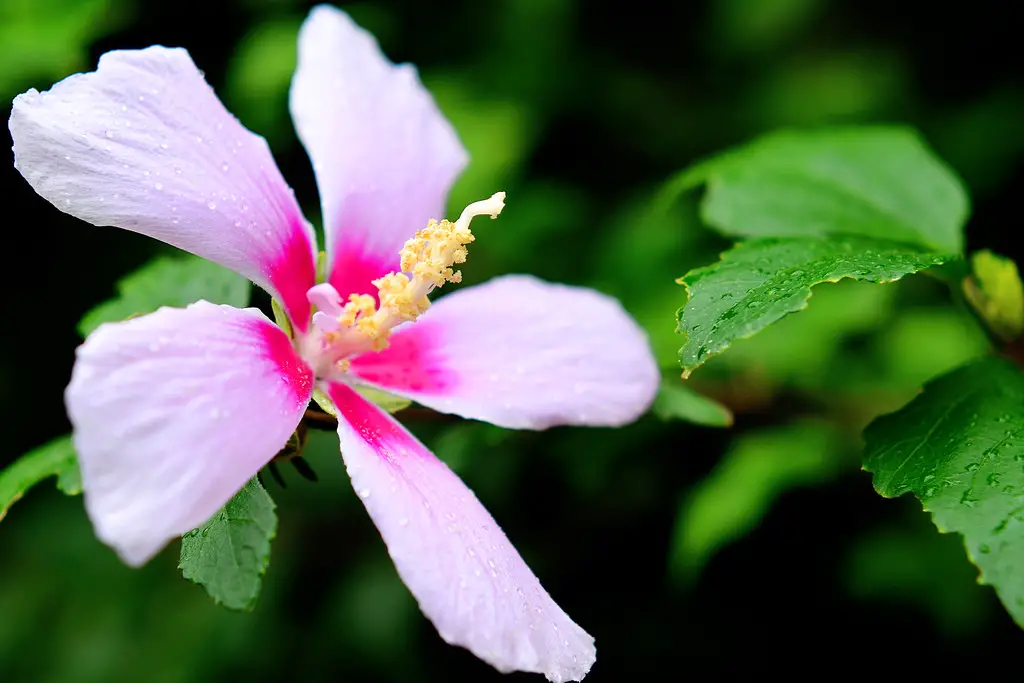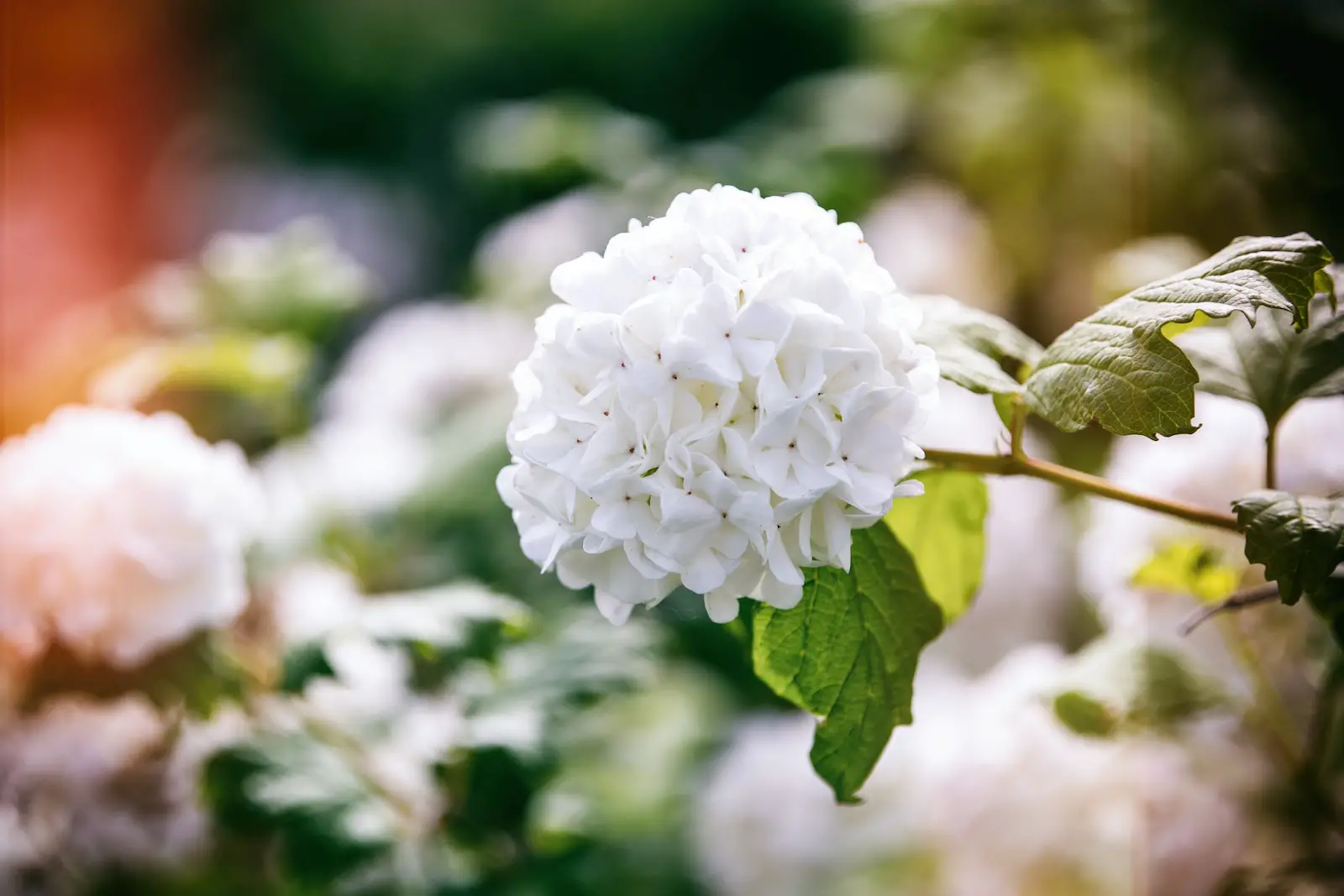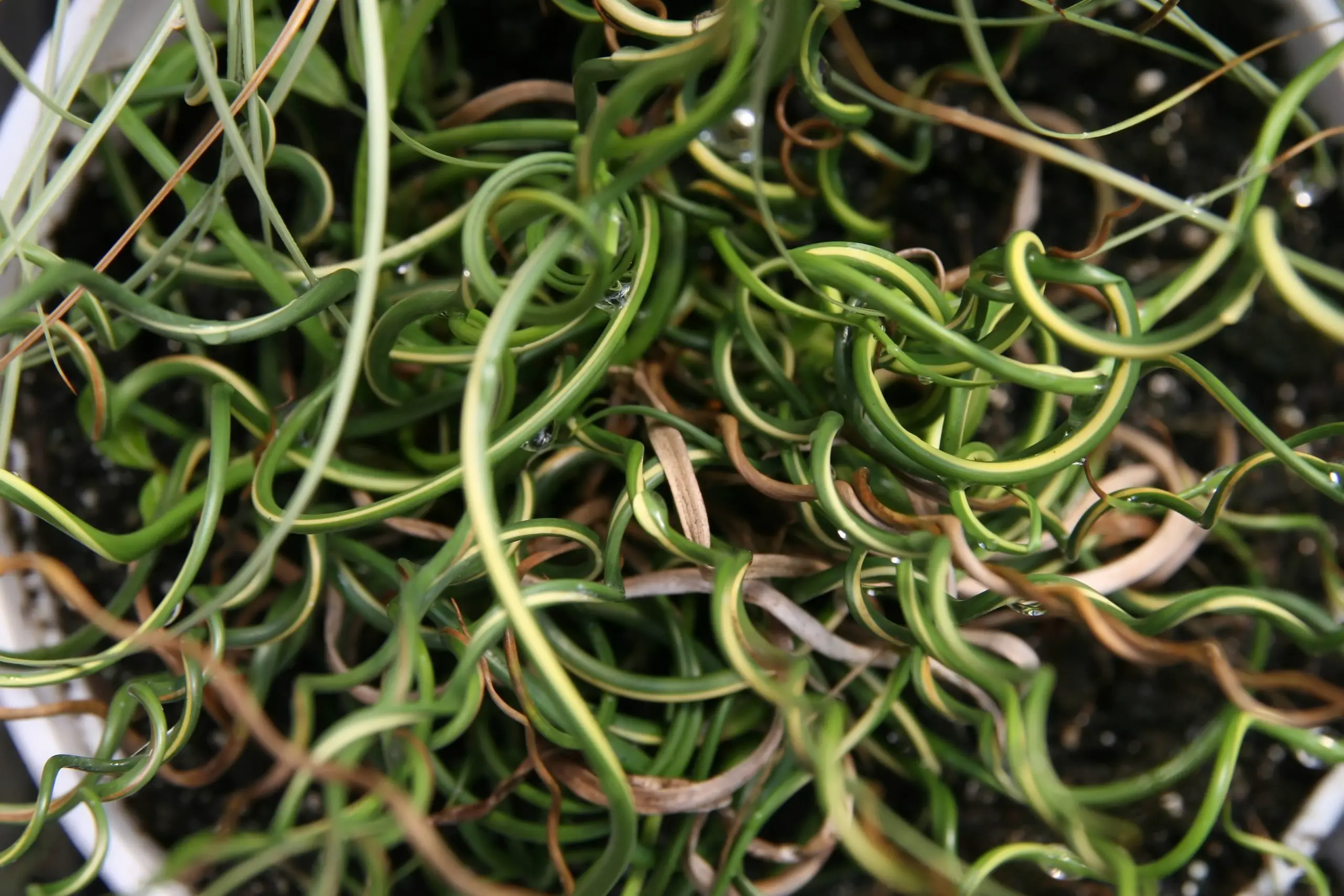The Red Yucca, despite its name, is not a true yucca, but its resemblance to the family has earned it this common nickname. This striking evergreen perennial is loved for its elegant, arching leaves and tall spikes of coral-red or yellow flowers. A native of the desert regions of Texas and northeastern Mexico, it thrives in arid climates and is a drought-tolerant plant.
Red Yucca’s unique appearance, low water needs, and general hardiness make it an excellent choice for xeriscaping. The plant can adapt to a variety of soil types, and its graceful appearance provides a touch of exotic charm to gardens. It is commonly used in desert landscapes, rock gardens, or areas with poor soil where few other plants can thrive.
While the Red Yucca is remarkably self-sufficient, proper care will ensure the plant stays healthy and produces its beautiful spikes of flowers. Even gardeners new to succulent care will find that with a little attention to some specific needs, Red Yucca can be an impressive addition to their landscape.
| Aspect | Details |
|---|---|
| Common Names | Red Yucca, Hummingbird Yucca, Coral Yucca |
| Botanical Name | Hesperaloe parviflora |
| Family | Asparagaceae |
| Plant Type | Evergreen Perennial |
| Mature Size | 3-4 feet tall, 4-5 feet wide |
| Sun Exposure | Full Sun |
| Soil Type | Well-drained, Sandy |
| Hardiness Zones | 5-10 |
| Native Area | Texas, Northeastern Mexico |
Red Yucca Care
Caring for Red Yucca is generally simple, especially in suitable environments. This plant is not fussy about soil and is very drought-tolerant, making it perfect for arid regions. To look its best, it needs well-draining soil and full sun exposure.
The beauty of the Red Yucca is that it requires very little ongoing care. You can plant it and mostly leave it alone, and it will still thrive. Occasionally check for pests or diseases and provide some supplemental water during extreme drought, but other than that, it needs minimal attention.
Light Requirement for Red Yucca
Red Yucca flourishes in full sun. Plant it in an area where it can receive at least six to eight hours of direct sunlight every day. A lack of adequate sun can lead to weak, stunted growth and reduced flowering.
Soil Requirements for Red Yucca
Red Yucca prefers sandy, well-draining soil but is adaptable to a variety of soil types. The critical point to remember is that it does not tolerate standing water, so avoid heavy, clay-rich soils that may trap moisture.
Water Requirements for Red Yucca
Once established, Red Yucca is incredibly drought-tolerant. Watering should be minimal, especially in well-draining soils. During extended dry periods, a deep watering once a month may be beneficial, but overwatering can cause root rot.
Temperature and Humidity
Red Yucca thrives in hot, dry climates and can tolerate temperatures well below freezing. While it prefers dry conditions, it can adapt to higher humidity as long as it’s planted in well-draining soil to prevent root rot.
Fertilizer
Generally, Red Yucca does not require fertilization. If planted in very poor soil, an application of a balanced, slow-release fertilizer in the spring may be beneficial.
Pruning Red Yucca
Pruning Red Yucca is primarily a matter of aesthetics. You can remove spent flower stalks for a tidier appearance and trim any damaged or dead leaves as needed.
Propagating Red Yucca
Red Yucca can be propagated through division or seed. Division in early spring is the most straightforward method, but seeds can be collected and sown after stratification.
How To Grow Red Yucca From Seed
Growing Red Yucca from seed requires patience. Seeds should be sown in well-draining soil and may require cold stratification for germination. Once established, seedlings should be transplanted with care, as Red Yucca does not like to be moved.
Common Pests & Plant Diseases
Agave Bugs
These pests can be treated with insecticidal soap or removed manually.
Root Rot
Caused by overwatering; ensure proper soil drainage to prevent this disease.
Common Problems With Red Yucca
Yellowing Leaves
May indicate overwatering. Reduce watering and ensure proper soil drainage.
Weak Flowering
Lack of sunlight or poor soil may cause weak flowering. Ensure full sun exposure and well-drained soil.
Stunted Growth
Can occur due to poor lighting or overwatering. Adequate sunlight and proper watering are crucial.
Pro Tips
- Plant in full sun to ensure healthy growth and flowering.
- Water sparingly to avoid overwatering and root rot.
- Avoid transplanting or moving once established.
- Choose a well-drained location to prevent standing water.
- Enjoy the low maintenance and beautiful appearance of this unique plant.


